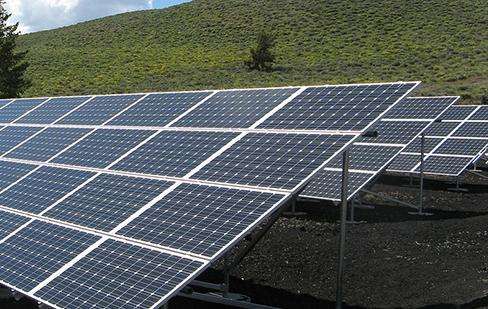1. Clean the vehicle interior before first use
The ethanol contained in ethanol vehicle gasoline has strong dissolving and cleaning properties. When a vehicle uses ethanol gasoline for the first time, especially after using 1-2 tanks of fuel, the cleaning effect of ethanol will remove various impurities precipitated and accumulated in the fuel tank and the oil system, such as rust, dirt and colloidal particles. After softening and dissolving, it will be mixed with the oil, causing the oil circuit to be blocked.
Therefore, generally speaking, vehicles with mileage over 30,000 kilometers and vehicles with dirty fuel systems should be cleaned before using gasoline with ethanol. Cleaning operations must be carried out in a qualified automobile repair workshop of category II or above.upper, in strict accordance with the specifications, focusing on cleaning the fuel tank, fuel filter, oil pump, carburetor, fuel injector, oil line one by one and oil line filter. A.
During the cleaning process, care should be taken to carefully remove impurities from the fuel tank and oil circuit system, as well as drain away water accumulated at the bottom of the tank fuel. Replace certain rubber and plastic parts that are not compatible with ethanol gasoline. After cleaning, perform a test inspection and make adaptive adjustments to the vehicle.
2. Prevent excessive moisture in the engine
Vehicle gasoline is blended with a certain amount of denatured fuel ethanol. Ethanol is a hydrophilic liquid and is easily miscible with water, unliketo gasoline. , the gasoline may separate from the water and the water will settle to the bottom of the fuel tank. Therefore, when a vehicle uses ethanol gasoline for the first time, the fuel tank should be inspected to prevent the ethanol gasoline from being miscible with the precipitated water that may exist at the bottom of the fuel tank, which will cause excess moisture in the oil. the norm and affecting the normal operation of the engine.
3. Care should be taken in summer use
The temperature in summer is higher and the volatility of fuel increases. For example, the exhaust valve attached to the fuel tank becomes clogged, causing some of the fuel to change from liquid to gas. At this time, the gas cannot be discharged through the exhaust valve, which can easily increase the probability of air blocking in the oil circuit. When refueling in summer, do not overfill the rfuel tank and allow some space for the oil to expand and vaporize.
4. The impact of ethanol gasoline on rubber
Tests show that most rubber parts can adapt to ethanol gasoline, and only a few cannot. not suitable, but the corrosion effect is slow. The rubber diaphragms of some early mechanical gasoline pumps had poor adaptability, and swelling and cracking occurred in some cases after using ethanol gasoline. Since the material composition of rubber parts cannot be distinguished in appearance, the purchased parts can be soaked in ethanol gasoline by a designated auto repair shop before being installed in the car for use . For long-term use, it is necessary to determine whether the rubber and organic parts of the oil supply systemare resistant to alcoholic corrosion.
5. Select ethanol gasoline based on compression ratio.
Ethanol car gasoline is the same as regular gasoline. Its label is based on octane rating. The labeling method is to add the. the octane number on the gasoline label. Note the letter E. Generally speaking, if the compression ratio is between 7.5 and 8.0, you should choose E90 automotive ethanol gasoline; if the compression ratio is between 8.0 and 8.5, you should choose E93 automotive ethanol gasoline if the compression ratio is 8.5; 9.0, E95 automotive ethanol gasoline should be used; If the compression ratio is greater than 9.0, E97 automotive ethanol gasoline should be used.














